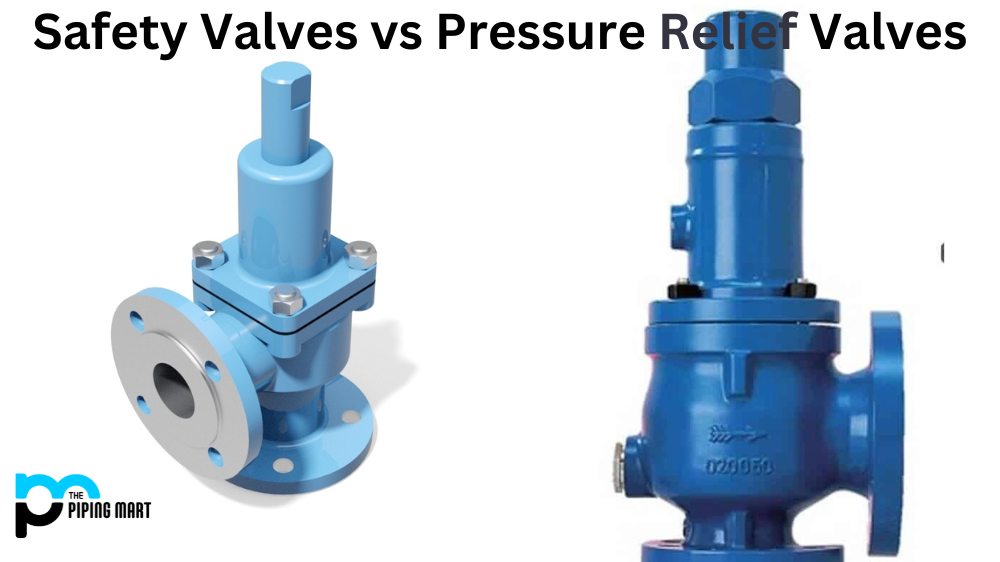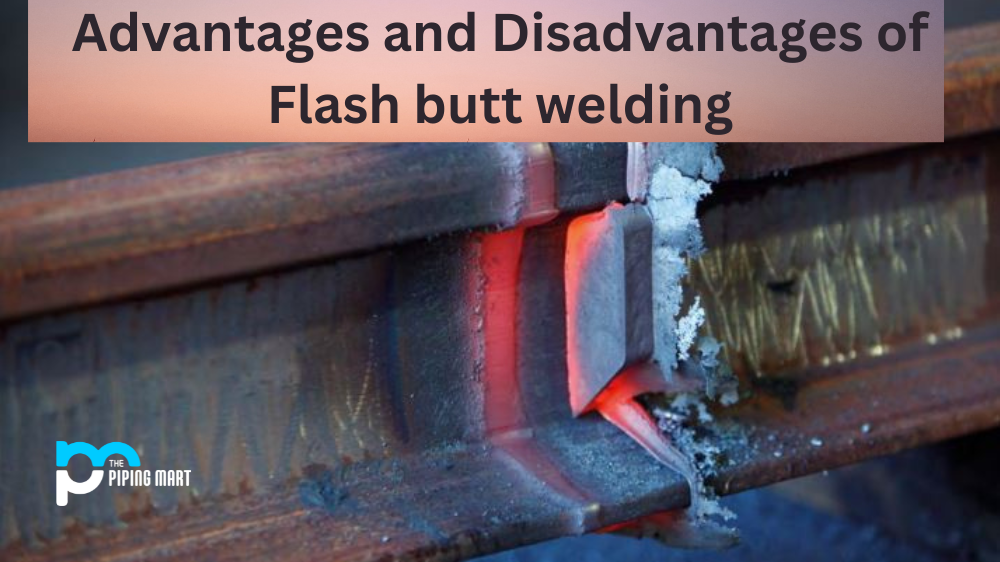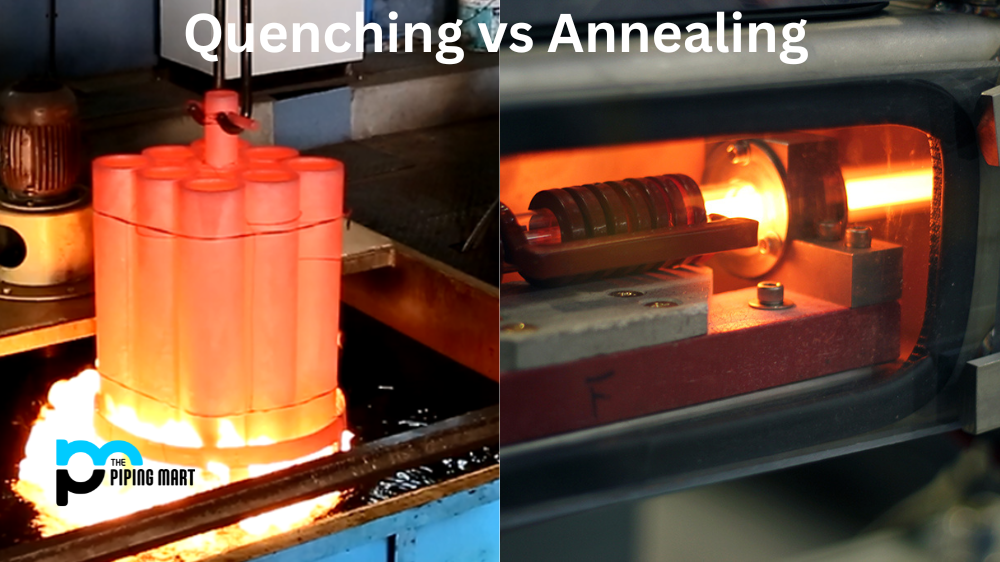If you are involved in any industrial process, you know that safety valves and pressure relief valves are essential equipment. But what’s the difference between them? Let’s take a look at how they differ in terms of design, application, and purpose.
Difference Between Safety Valve and Pressure Relief Valve
Safety valves are designed to prevent dangerous overpressure conditions from developing within a system. They have an automatic opening mechanism activated when the pressure reaches a predetermined level, allowing excess pressure to be released quickly. This prevents any further damage to the system or its components. On the other hand, pressure relief valves are designed to reduce normal operating pressures once they reach a safe limit. They do not open automatically like safety valves; instead, they must be opened manually when needed.
Applications for Safety Valves and Pressure Relief Valves
Safety valves are typically used in high-pressure systems that could become hazardous if the pressure rises too high. They can also be used as emergency shutoff devices in case of an unexpected increase in system pressure. Pressure relief valves, meanwhile, are used to reduce normal operating pressures in processes with relatively low-pressure levels. For example, they can be used on steam boilers to keep them from exceeding their design limits or on compressed air systems to ensure that the pressure stays within safe operating parameters.
- Safety valves are designed to prevent the over pressurization of a system by relieving excess pressure.
- Pressure relief valves are designed to protect a system from over pressurization by reducing the pressure to a safe level.
- Safety valves are typically used in systems where the pressure can vary significantly, such as in boilers and steam lines.
- Pressure relief valves are typically used in systems where the pressure is relatively constant, such as in air compressors and gas lines.
- Safety valves must be able to open and close quickly to be effective, while pressure relief valves can be more quick-acting.
- Safety valves are usually set to open at a specific pressure, while pressure relief valves can open at either a specific pressure or a specific flow rate.
Conclusion:
Safety and pressure relief valves are important in ensuring the safe operation of industrial processes and equipment. While both valves serve similar purposes—to protect against dangerous overpressure conditions—they differ significantly in design, application, and purpose. Understanding these differences is critical for anyone involved with industrial processes to select the right valve for their needs and ensure safe operation at all times.

Pipingmart is a B2B portal that specializes in metal, industrial and piping items. Additionally, we share the latest information and information about materials, products and various types of grades to assist businesses that are involved in this business.




